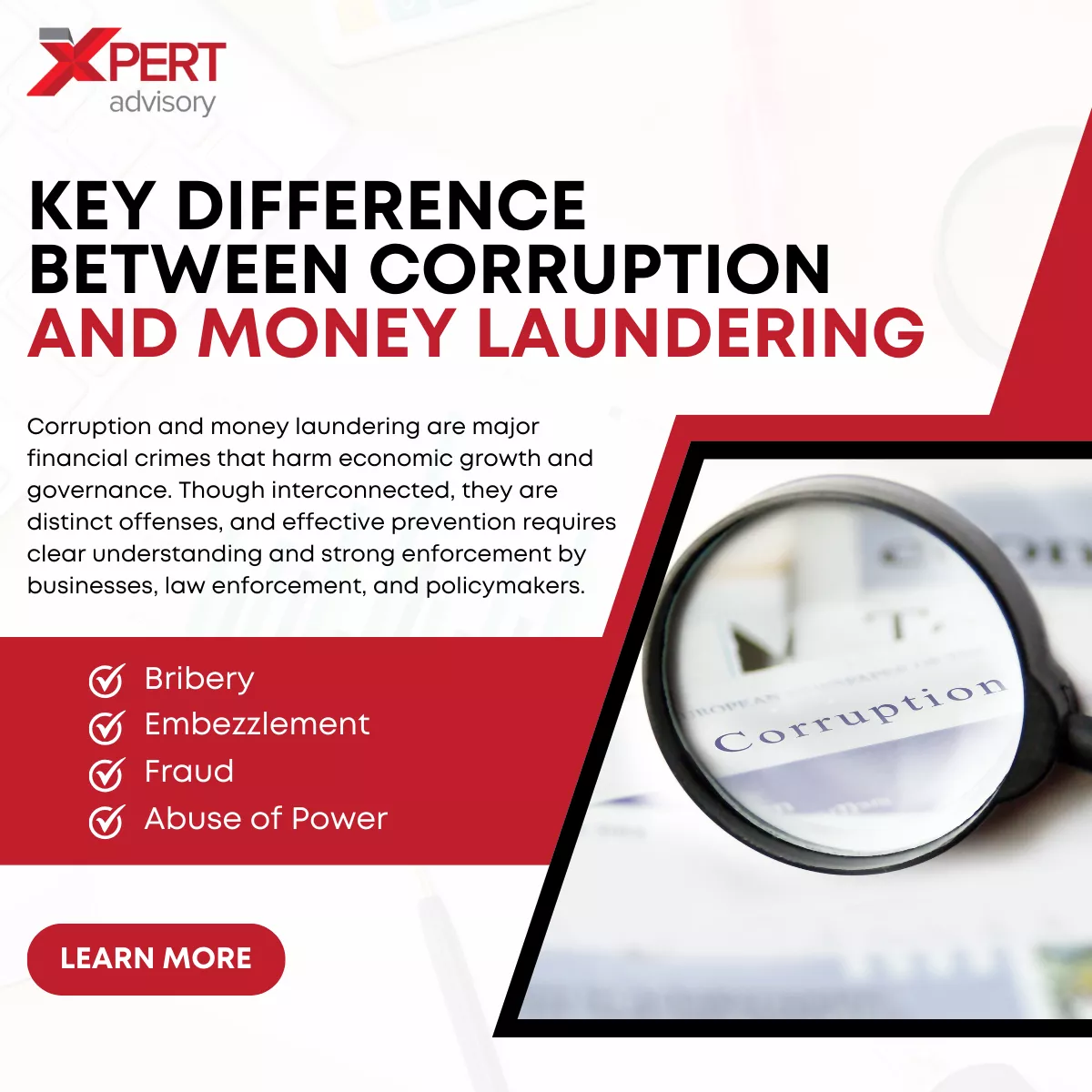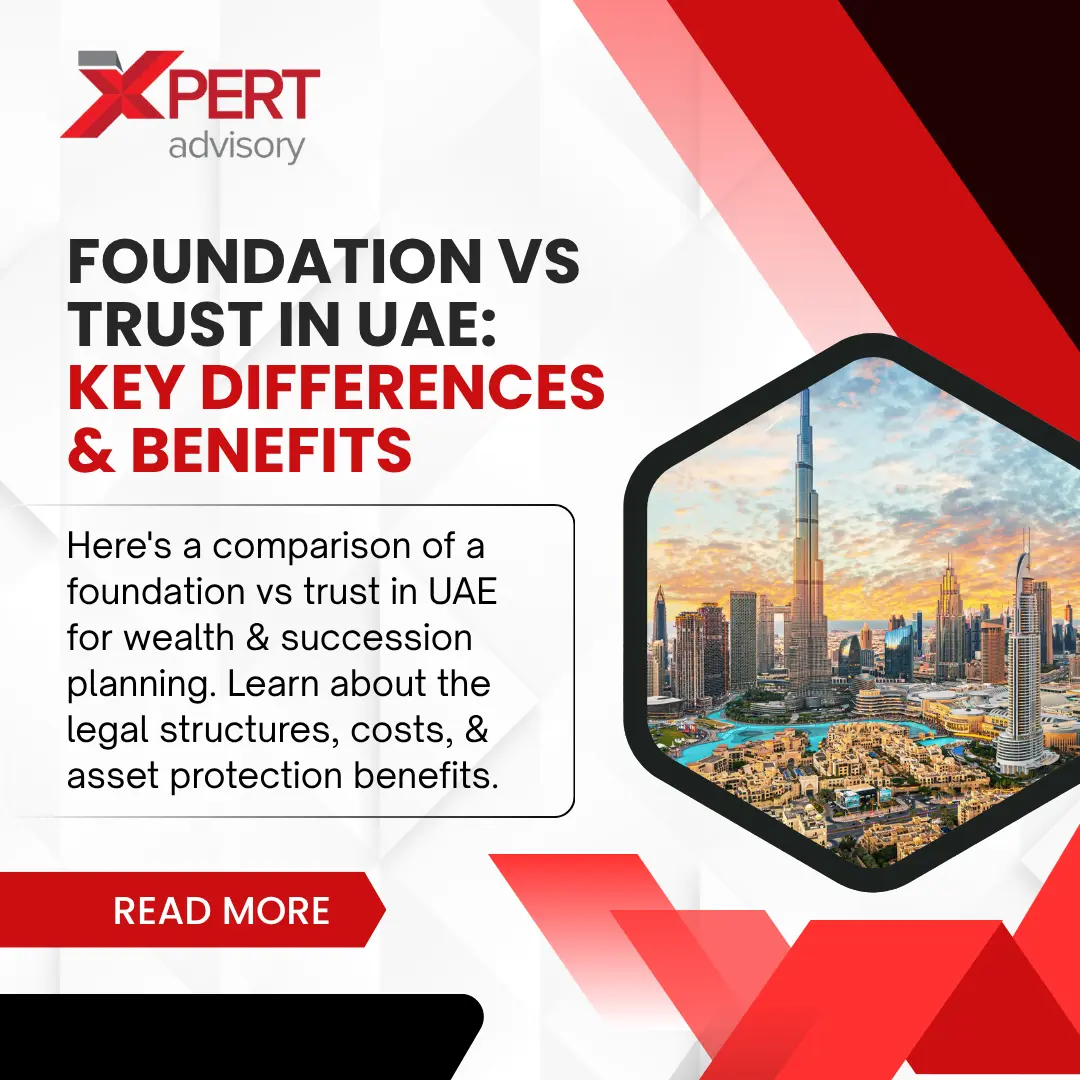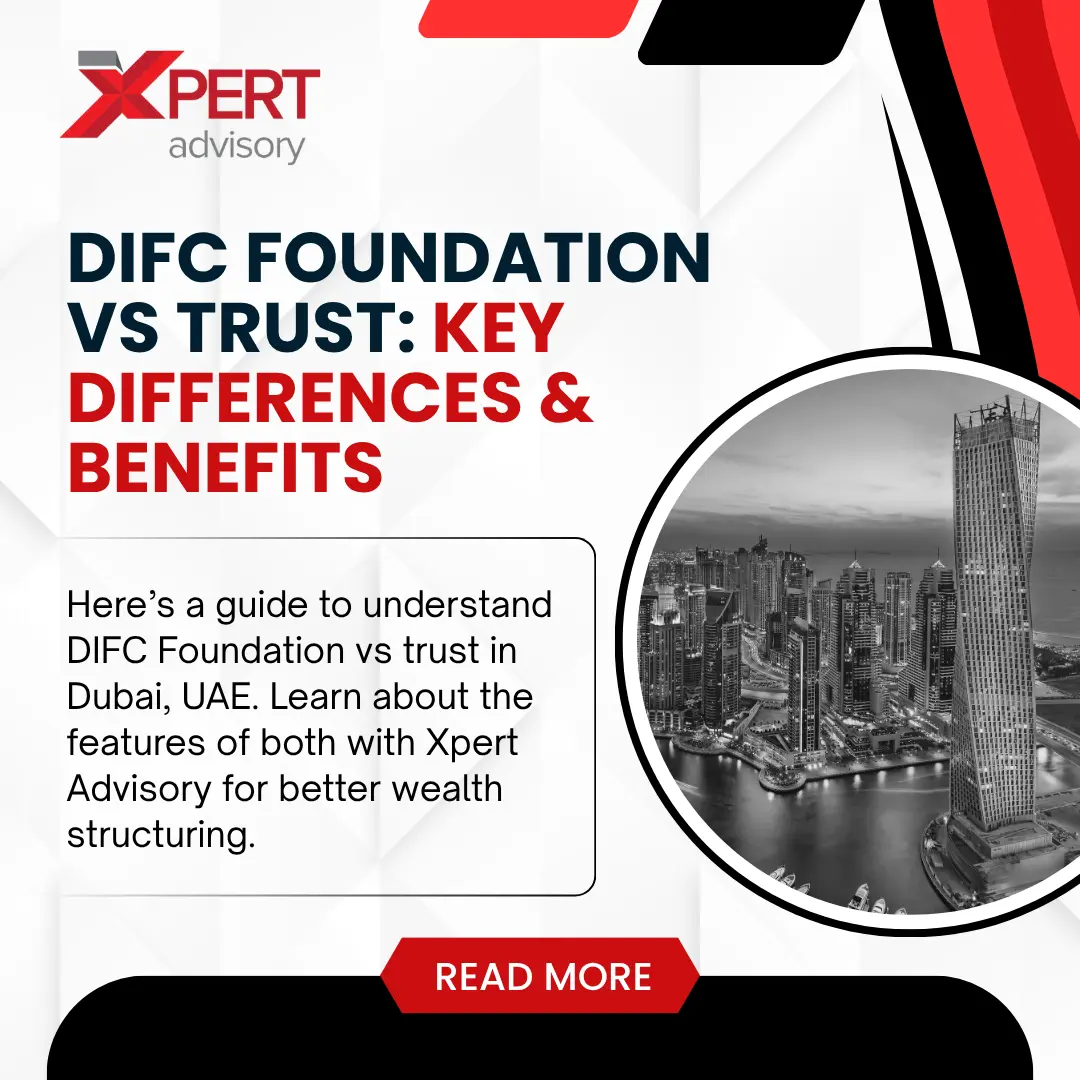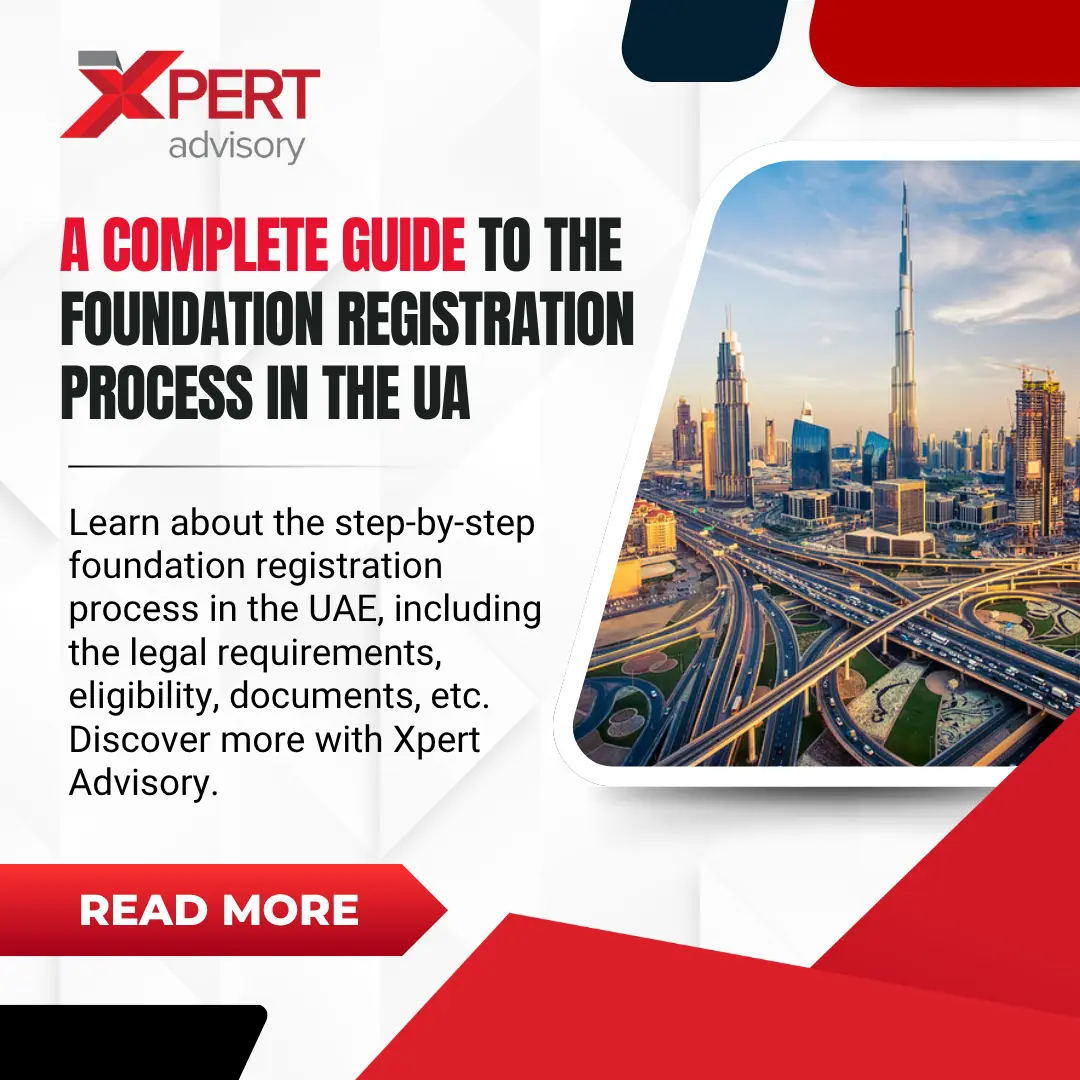Corruption and money laundering exist as major financial criminal activities that weaken economic performance and governance systems. These fraudulent practices share interlinked nature but are distinct offenses. Effectively fighting financial crime requires clear distinctions between illicit activities, with business entities, law enforcement, and policymakers ensuring proper enforcement. Discover the key difference between corruption and money laundering in this blog to better understand their impact and the strategies needed to combat them.
What is Corruption?
Corruption occurs when power holders misuse their authority to acquire personal gain. The misuse of official authority by public or private sector officials through accepting bribes and engaging in fraud and financial theft practices defines corruption. According to Transparency International corruption represents the misuse of power delegated to someone to get personal benefits including cases of bribery and extortion and nepotism and favoritism.
Forms of Corruption

- Bribery: People who exchange cash payments or present-day perks or receive beneficial treatments.
- Embezzlement: A person with power within their authority can be charged with embezzlement when they steal or misuse given financial resources.
- Fraud: Fraud represents deliberate deception through deceptive means aimed at obtaining both financial benefits and specific personal advantages that involve governmental resources.
- Abuse of Power: An official in power who misuses their authority to make biased or unlawful choices for their personal gain engages in abuse of power.
What is Money Laundering?
Money laundering exists when criminals seek to transform their criminal earnings into acceptably lawful sources of funds. Through different methods criminals can hide the origins of their illegal funds to spend funds undetected by law enforcement. According to the Financial Action Task Force definition money laundering describes “The processing of criminal proceeds to disguise their illegal origin”.
Stages of Money Laundering
- Placement: The entry of criminal money into the financial sector happens through cash deposits and real estate transfers as well as by gambling.
- Layering: Money laundering occurs through multiple transactions which hide the funds’ starting point using offshore accounts together with shell entities.
- Integration: The legitimate economy obtains laundered money when criminal money passes through business investments as well as purchases of luxury assets and deals in financial markets.
Key Differences Between Corruption and Money Laundering
Understanding the key difference between corruption and money laundering plays an important role in developing effective strategies to combat financial crimes and ensure regulatory compliance. The major differences include:
Definition
- Corruption: Corruption refers to the abuse of entrusted power or authority for personal gain. The different forms of unethical exploitation known as corruption include bribery as well as fraud and embezzlement and favoritism. People in positions of authority misuse public resources as well as make political or administrative decisions for their personal gain without consideration for social consequences.
- Money Laundering: Money laundering refers to the act of concealing illegal money sources to transform criminal money into legal assets. Illegal money gets integrated into the economy using advanced financial transaction because this obscures tracking trails for law enforcement to identify the money’s illegal origins.
Primary Goal
- Corruption: The primary goal of corruption exists to obtain money together with power status or controlling influence through illegal or unethical methods. They obtain money through their position by exploiting their powers to fulfill financial motives or gain political control or extract favors.
- Money Laundering: The primary objective behind money laundering focuses on concealing the source of obtained money through illegal activity. Criminals conduct laundering activities to convert their illegal wealth into legitimate money which enable them to spend such money without exposing their criminal conduct to authorities.
Actors Involved
- Corruption: The practice of corruption manifests through public servants as well as commercial leaders together with officers of the law alongside individuals who hold positions with power. They corruptly misuse their authority to receive personal advantages from manipulating regulations alongside negotiating contracts or altering policy frameworks.
- Money Laundering: The teams responsible for money laundering include organized crime groups along with corrupt officials and financial professionals as well as business entities. Financial networks together with banking systems along with legal loopholes permit these actors to clean and process money gained through criminal means.
Methods Used
Corruption
- Bribery: Charging or accepting bribes leads to receiving priority treatment.
- Embezzlement: Through embezzlement individuals steal and misuse money they received for stewardship duties.
- Favoritism: Favoritism represents the act of giving unfair benefits to relatives along with their closest friends and associates.
- Fraud: Person or company deception produces financial gain and personal advantages.
Money Laundering
- Shell Companies: Shell Companies represent fake businesses which conceal illegal funds through their operations.
- Offshore Accounts: Depositing funds in foreign bank accounts with strict secrecy laws.
- Real Estate Investments: Buying and selling properties to legitimize illicit money.
- Layering Transactions: Transferring money through multiple accounts and entities to obscure its origin.
Impact
Corruption
- Business growth declines because investments become less attractive and resources get improperly directed.
- Corruption also weakens governance and public trust.
- The improper use of funds in public administrative systems affects healthcare services alongside education services.
- The system becomes more unequal when leading figures use their power to benefit themselves through administrative exploitation.
Money Laundering
- Facilitates organized crime, terrorism, and tax evasion.
- Distorts economies by creating inflation and disrupting market competition.
- Weakens financial institutions by increasing risks of fraud and illegal transactions.
- Reduces government revenues by avoiding taxation and hiding assets.
Legal Countermeasures
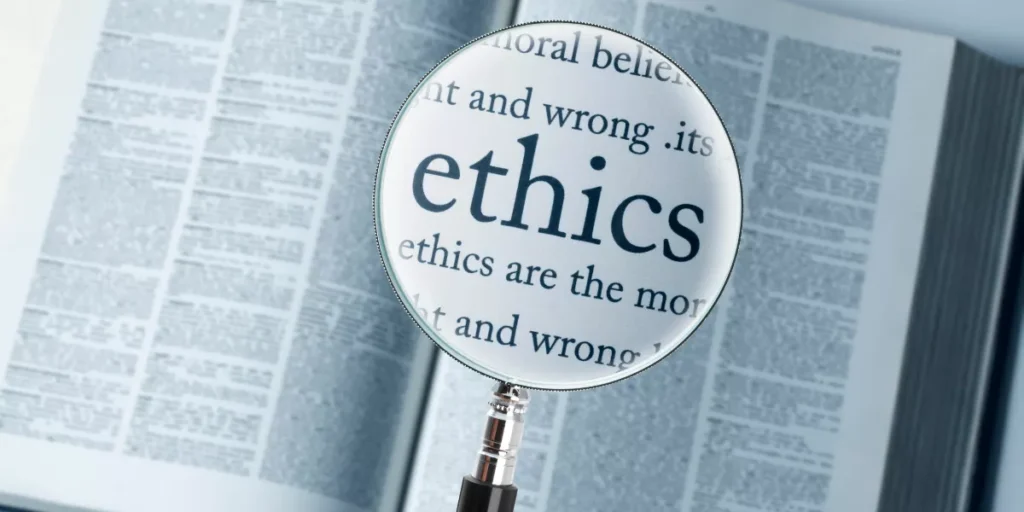
Corruption
- Anti-Corruption Laws: Criminalize bribery, fraud, and embezzlement.
- Ethics Regulations: Establish guidelines for government officials and corporate executives.
- Financial Disclosure Requirements: Public officials must submit declarations which detail their assets together with their monetary earnings.
Money Laundering
- Anti-Money Laundering (AML) Laws: The Anti-Money Laundering (AML) Laws specify money laundering offenses then establish the procedures for their enforcement.
- Financial Transparency Policies: Under Financial Transparency Policies banks with businesses must report any suspicious financial transactions.
- FATF Regulations: International standards by the Financial Action Task Force (FATF) to prevent financial crimes globally.
Corruption vs. Money Laundering
| Feature | Corruption | Money Laundering |
| Definition | Abuse of power for personal gain. | Process of concealing illegal and dirty money to make it appear legal. |
| Primary Goal | Gaining wealth or influence through illegal means. | Hiding the source of illegally obtained money. |
| Actors Involved | Public officials, private sector executives, law enforcement officers, etc. | Criminal organizations, corrupt officials, financial professionals, etc. |
| Methods Used | Bribery, embezzlement, favoritism, fraud. | Shell companies, offshore accounts, real estate investments, layering transactions. |
| Impact | Undermines governance and public trust, reduces economic growth. | Enables crime, distorts economies, weakens financial institutions. |
| Legal Countermeasures | Anti-corruption laws, ethics regulations, financial disclosure requirements. | Anti-money laundering (AML) laws, financial transparency policies, FATF regulations. |
Let Xpert Advisory help you develop an effective AML strategy to protect your business from money laundering and corruption while ensuring compliance with regulatory standards.
The Link Between Corruption and Money Laundering
The activities of corruption create illegal financial gain which money laundering processes seek to hide and give legitimacy to these funds. The UAE holds strong status as a global financial center where this corruption-money laundering relationship becomes clearly visible. Within the UAE financial system people who have stolen money from corrupt activities choose multiple techniques to clean and legitimize their stolen funds.
Money laundering activities related to corruption in UAE as a global financial center happen through different pathways:
- Real Estate Investments: Dubai’s premium real estate sector serves as a venue through which criminal funds get concealed. Real estate investments of high value enable corrupt persons to transfer criminal money into legal assets by conducting deals below regulatory attention.
- Offshore Accounts: Offshore banking services along with other financial tools operated from within the UAE’s financial infrastructure have traditionally hidden wealth that should be illegal. The movement of funds happens through jurisdictions which have minimal regulations without proper detection mechanisms.
- Shell Companies: The UAE free zone allows criminals to set up fake companies or shell corporations which handle money laundering activities. The companies disguise the real owners of funds which makes financial flow tracking operations difficult for authorities.
- Luxury Goods & Cryptocurrencies: High-end goods such as jewelry and art along with cryptocurrencies provide criminal activities with both fast and undetectable money laundering instruments to move funds across borders with minimal authority oversight.
The UAE needs stronger enforcement alongside improved international cooperation to effectively stop money laundering that stems from corruption even after regulatory enhancements.
How to Combat Corruption and Money Laundering in UAE?
To combat money laundering and corruption effectively, UAE requires multiple coordinated measures supported by improved oversight, strengthened international partnerships along with broad public awareness initiatives. Here are the key approaches to achieve progress in the fight against money laundering and corruption scandals:
1. Strengthening Regulations
The UAE has established comprehensive anti-money laundering (AML) and counter-terrorism financing (CTF) laws which make up its strengthened legal framework for financial crime control. Federal Decree-Law No. (20) of 2018 that underwent amendments through Federal Decree-Law No. (26) of 2021 provides the UAE with powerful regulations to fight money laundering and terrorism financing. The legislation requires financial institutions to conduct thorough customer examination followed by reporting of suspicious transactions together with detailed logging systems which adhere to global financial standards established by the Financial Action Task Force(FATF).
2. Enhancing Transparency
Strategies that promote transparency work as a central tool against unlawful financial activities. In order to fight against corruption, the UAE enforces regulations that require public servants and business executives to disclose their financial details and property holdings. Effective implementation of transaction monitoring and Customer Due Diligence (CDD) plays a crucial role in preventing corruption by identifying illicit proceeds and ensuring compliance with financial regulations. The setup of such beneficial ownership registries exposes actual entity owners, ensuring stakeholders can monitor and limit corporate structures from being used to hide illegal money.
3. International Cooperation
The UAE operates successfully with international partners to develop its AML and CTF programs because financial crimes exist across national borders. The nation takes part in the EU-UAE Structural Dialogue on AML/CFT together with other high-level dialogues to exchange best practices and promote multinational cooperation. Joint efforts for fighting financial and economic crimes between the UAE and its worldwide partners have been strengthened through agreements like the memorandum of understanding (MoU) recently established with Italy.
4. Public Awareness

Public awareness regarding the damaging implications of corruption and money laundering plays a critical role in developing communities that practice integrity with full compliance. The UAE government collaborates with private sector organizations to organize public training which teaches participants about legal rules and how financial wrongdoing affects society. The efforts create programs that train individuals to detect money laundering and other financial crimes, so they can take action against it thereby building transparency and accountability throughout society.
Let Xpert Advisory help you combat money laundering and corruption with expert AML solutions, ensuring compliance and financial security.
Final Thoughts
The crime of corruption together with money laundering activities creates severe risks to societal justice and economic stability. Money laundering serves to make criminal profits less noticeable after power abuse takes place. Creating an effective solution involves clear rules and transnational collaborations across nations. A better understanding of these illicit actions and their distinguishing characteristics enables nations to establish an accountable financial system.
Worried About Financial Crimes Endangering Your Business? Xpert Advisory is here to help you build robust AML strategies that shield you from money laundering and corruption. From customer due diligence to comprehensive compliance frameworks and expert AML training, we’ve got you covered. Reach out today and protect your business with confidence!
FAQs
What is the key difference between corruption and money laundering?
The process of money laundering creates deceptive operations to transform illegal money into legitimate sources while corruption includes authorities using power to obtain financial gains through bribery and embezzlement schemes.
How are money laundering and corruption connected?
The illegal generation of funds through corruption sets the stage for money laundering operations to hide the source of money and legalize its ownership within the legal financial structure.
Why is it important to distinguish between money laundering and corruption?
Understanding the difference between money laundering and corruption enables businesses and law enforcement agencies and policymakers to create specific solutions which both fight corruption and risk of money laundering and also enhance regulatory compliance and protect against violations.

